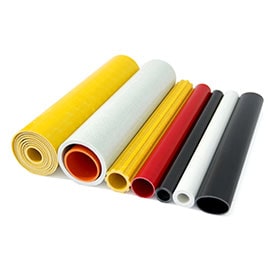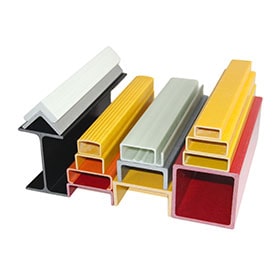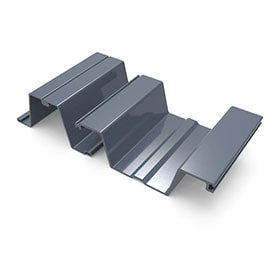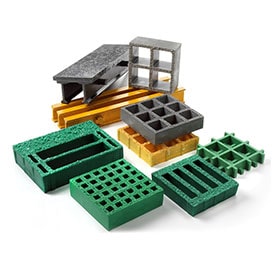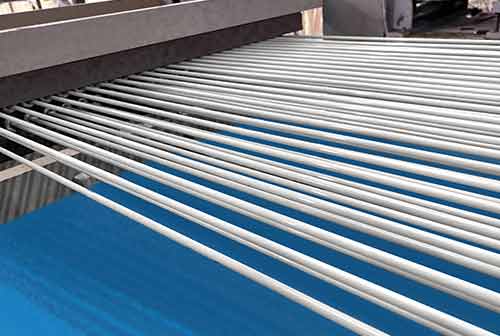
Fiber reinforced composites (FRCs) are materials that consist of two or more components: a matrix and a reinforcement. The matrix is usually a polymer, metal, or ceramic that binds the reinforcement together and protects it from environmental damage. The reinforcement is usually a fiber, such as carbon, glass, or aramid, that provides strength and stiffness to the composite.
The manufacturing process of FRCs can be divided into four main steps: fiber preparation, matrix preparation, fiber impregnation, and composite consolidation.
Fiber preparation
The fiber preparation step involves selecting the type, form, and orientation of the fibers that will be used in the composite. The type of fiber affects the mechanical and thermal properties of the composite, such as tensile strength, modulus, and coefficient of thermal expansion. The form of fiber can be continuous or discontinuous, depending on the desired shape and size of the composite. The orientation of fiber can be unidirectional, bidirectional, or multidirectional, depending on the loading conditions and design requirements of the composite.
Matrix preparation
The matrix preparation step involves selecting the type and form of the matrix that will be used in the composite. The type of matrix affects the chemical and physical properties of the composite, such as corrosion resistance, density, and melting point. The form of matrix can be liquid or solid, depending on the processing method and curing condition of the composite. Liquid matrices are usually thermosetting polymers that require heat or chemical agents to cure and harden. Solid matrices are usually thermoplastic polymers or metals that require heat and pressure to melt and flow.
Fiber impregnation
The fiber impregnation step involves combining the fibers and the matrix to form a preform or a prepreg. A preform is a semi-finished product that has the shape and dimensions of the final composite but has not been cured or consolidated. A prepreg is a pre-impregnated fiber that has been partially cured or stabilized and can be stored for later use. There are various methods for impregnating fibers with matrices, such as hand lay-up, spray lay-up, filament winding, pultrusion, resin transfer molding, vacuum infusion, autoclave molding, compression molding, injection molding, and stamp forming .
Composite consolidation
The composite consolidation step involves applying heat and pressure to the preform or prepreg to cure and bond the fibers and the matrix into a solid composite. The curing process involves chemical reactions that cross-link the molecules of the matrix and form a rigid network. The bonding process involves physical interactions that adhere the fibers and the matrix together. The consolidation process affects the quality and performance of the composite, such as void content, resin distribution, fiber volume fraction, interfacial strength, and residual stress .
 +86 15303735673
+86 15303735673 Jessica@frpzs.com
Jessica@frpzs.com
 Technical Data
Technical Data


